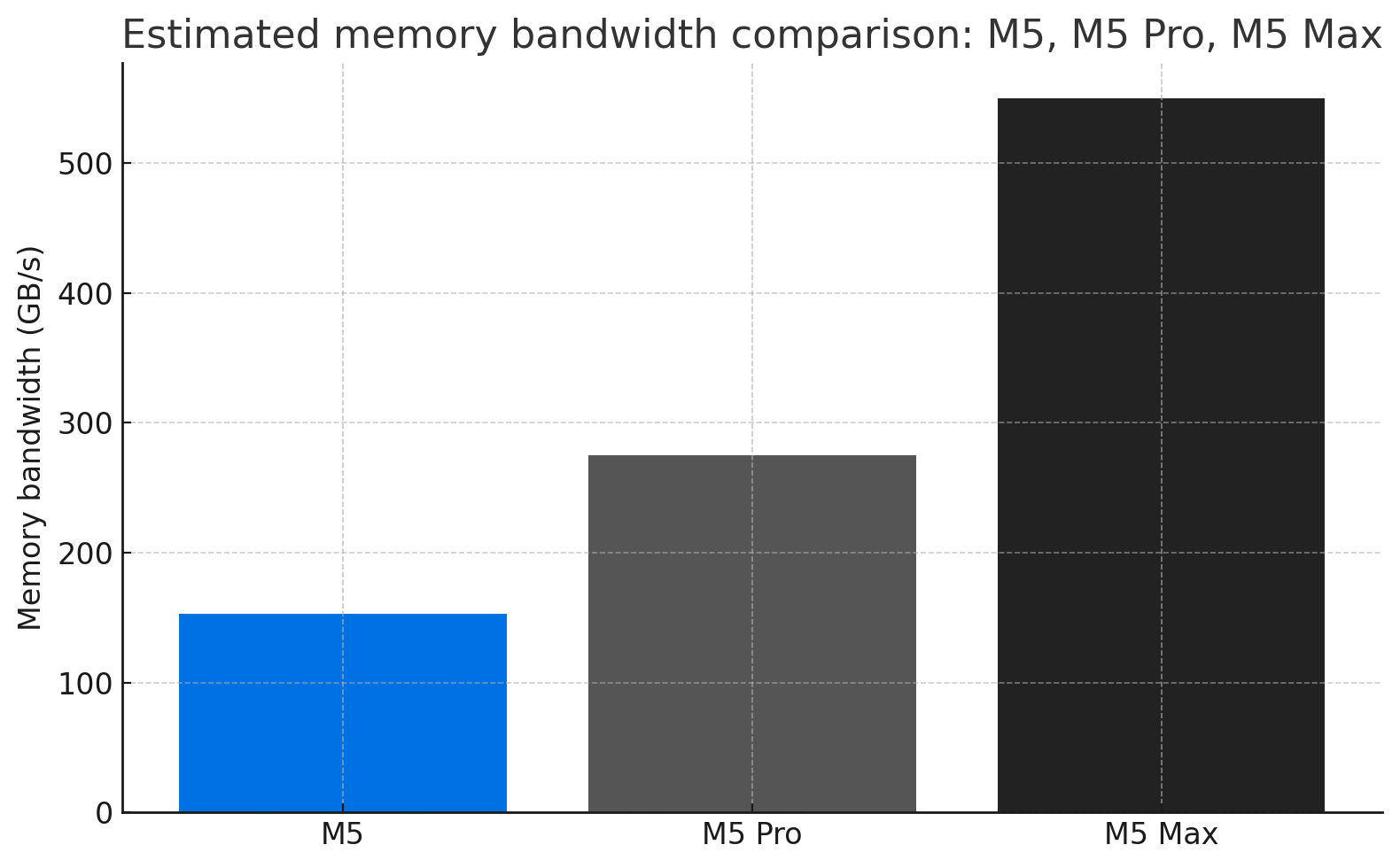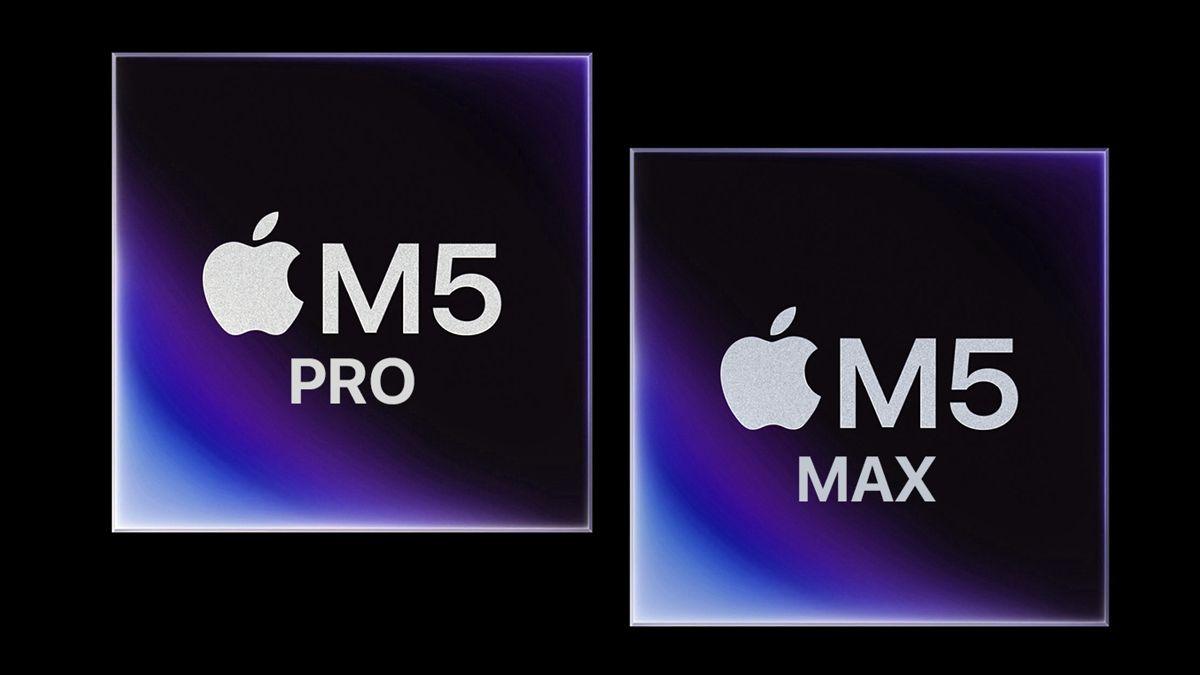- Memory bandwidth defines true performance for professionals managing intensive workloads
- Upcoming M5 Pro and M5 Max chips could double throughput for creative professionals
- An additional 275 GB/s of bandwidth could save professionals time and money
For business users, one metric often defines whether a chip actually meets the requirements of their job: memory bandwidth.
Apple’s recently announced M5 is the basis for a new 14-inch MacBook Pro and iPad Pro (and an updated Apple Vision Pro) and as part of my series on Apple silicon, I thought it might be interesting to take a glimpse at a possible future.
Apple hasn’t announced or even hinted at the M5 Pro and M5 Max variants of its new chip, and if they arrive, it probably won’t be for a good year. Still, it’s possible to make some educated guesses about what these builds might offer professionals.
Inside Apple Silicon: Part 4 of a 5-part series on M-class processors
This article is the fourth in a five-part series that digs deeper into Apple’s M-class processors, from the first M1 to the recently announced M5 and our proposed M5 Ultra. Each piece will explore how Apple silicon has evolved in terms of architecture, performance, and design philosophy, and what these changes could mean for the company’s future hardware.
M5 Pro and Max
We asked Google Gemini to look at Apple’s previous M chips and model what we could expect from an M5 Pro and M5 Max.
His predictions suggest that the same basic architecture could significantly increase throughput, a factor that shapes performance in ways that raw CPU or GPU numbers often fail to capture.
The base M5 already increases unified memory bandwidth to 153 GB/s, almost 30% above its predecessor. For most users, this jump allows for faster app response and smoother multitasking.
For workloads driven by data movement, such as editing multi-stream 8K footage, training small-scale AI models, or high-resolution 3D rendering, this figure is much more than a specification.
It defines how efficiently the processor transmits data to its computing units without waiting for memory.
Gemini’s modeling indicates an M5 Pro running at around 275GB/s and an M5 Max potentially doubling that to 550GB/s.
While these chips obviously don’t exist yet, the projections illustrate Apple’s likely path to pro-class performance.
The M5 Max would essentially double the width of its memory interface, allowing applications that rely on real-time asset loading or large tensor operations to run at full speed without cache bottlenecks.
The additional bandwidth could translate directly into saving time on renderings and exports for video editors, shortening training cycles, and making larger on-device models practical for AI developers, reducing reliance on cloud computing.
Over the months of production, the time saved and costs avoided in the cloud could potentially add up.
This focus on throughput rather than maximum clock speed reflects a broader trend in chip design.
As computing units become more efficient, memory systems must evolve in parallel to avoid underutilization.
Assuming it follows this model, the M5 Max would not only be faster but also more efficient at supporting maximum workloads over extended sessions.
If these predictions hold true, Apple’s next pro tier could provide a tangible benefit to users who rely on high-bandwidth continuous processing.
In professional computing, memory speed remains the discrete metric that defines real-world performance.

Follow TechRadar on Google News And add us as your favorite source to get our news, reviews and expert opinions in your feeds. Make sure to click the Follow button!
And of course you can too follow TechRadar on TikTok for news, reviews, unboxings in video form and receive regular updates from us on WhatsApp Also.




